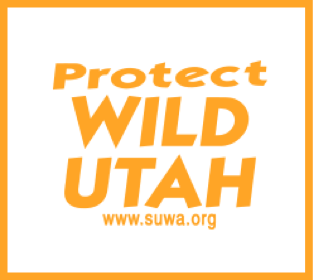|
In response, the Navajo Utah Commission has submitted a formal letter to the BLM explaining the cultural significance of Arch Canyon and urging the agency to prohibit motorized vehicle use there. The Hopi Tribe has also asked the BLM to institute an immediate interim closure of the canyon due to the cultural resource concerns raised in the Arch Canyon Petition. A professional archaeologist who surveyed Arch Canyon in connection with the petition estimates that there are over 100 undocumented sites in the area and concludes that unmanaged ORV access threatens the centuries-old structures and other artifacts that make this place important for scientific study. The National Trust for Historic Preservation has asked the BLM to prohibit ORV use in Arch Canyon until a comprehensive archaeological survey has been completed and a management plan that provides for protection of cultural artifacts can be implemented. In addition to its cultural significance, Arch Canyon shelters a year-round stream that supports three species of native fish, including one species the State of Utah considers sensitive, which could soon be petitioned for listing under the Endangered Species Act. ORVs cross this stream 60 times in the short 8 1/2-mile trip from the mouth of the canyon to the U.S. Forest Service boundary where ORV use is prohibited. That’s 120 stream crossings for each round trip. Not surprisingly, such intense ORV use damages and pollutes the stream, harming important fish habitat. Arch Canyon is proposed for wilderness in America’s Red Rock Wilderness Act. It deserves protection, rather than exploitation as an ORV obstacle course. The BLM is accepting comments now. Please try to comment before April 6, 2007. Send an email message through our action center OR mail a personal letter to: Sandra Meyers, Manager **Personal letters are always better. If you mail your own letter, please let us know by dropping us a quick note at alerts@suwa.org. For suggested talking points, click here. THANK YOU! |
|
|
||

 Southern Utah Wilderness Alliance
Southern Utah Wilderness Alliance
Protecting Utah's Redrock Country


